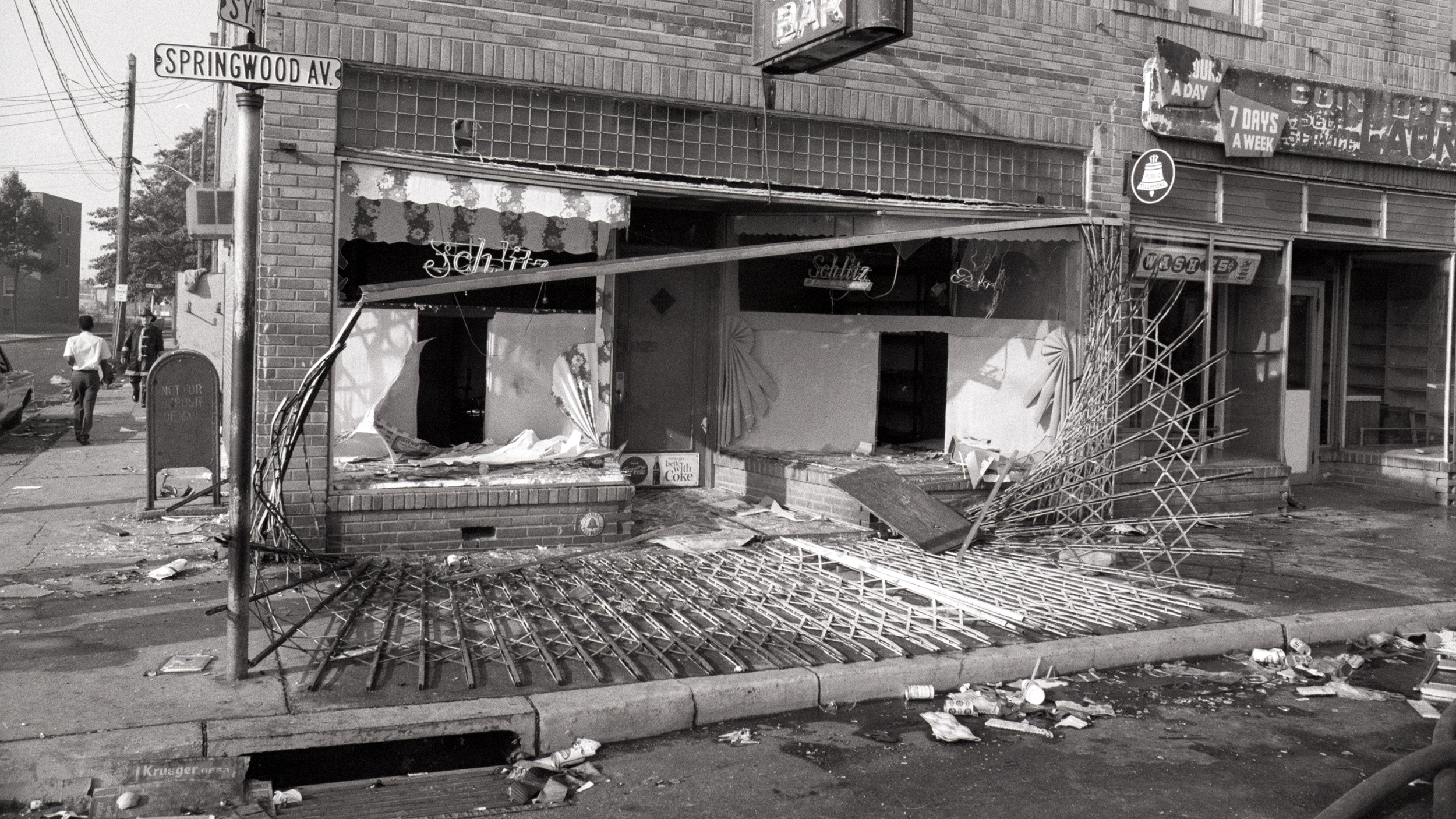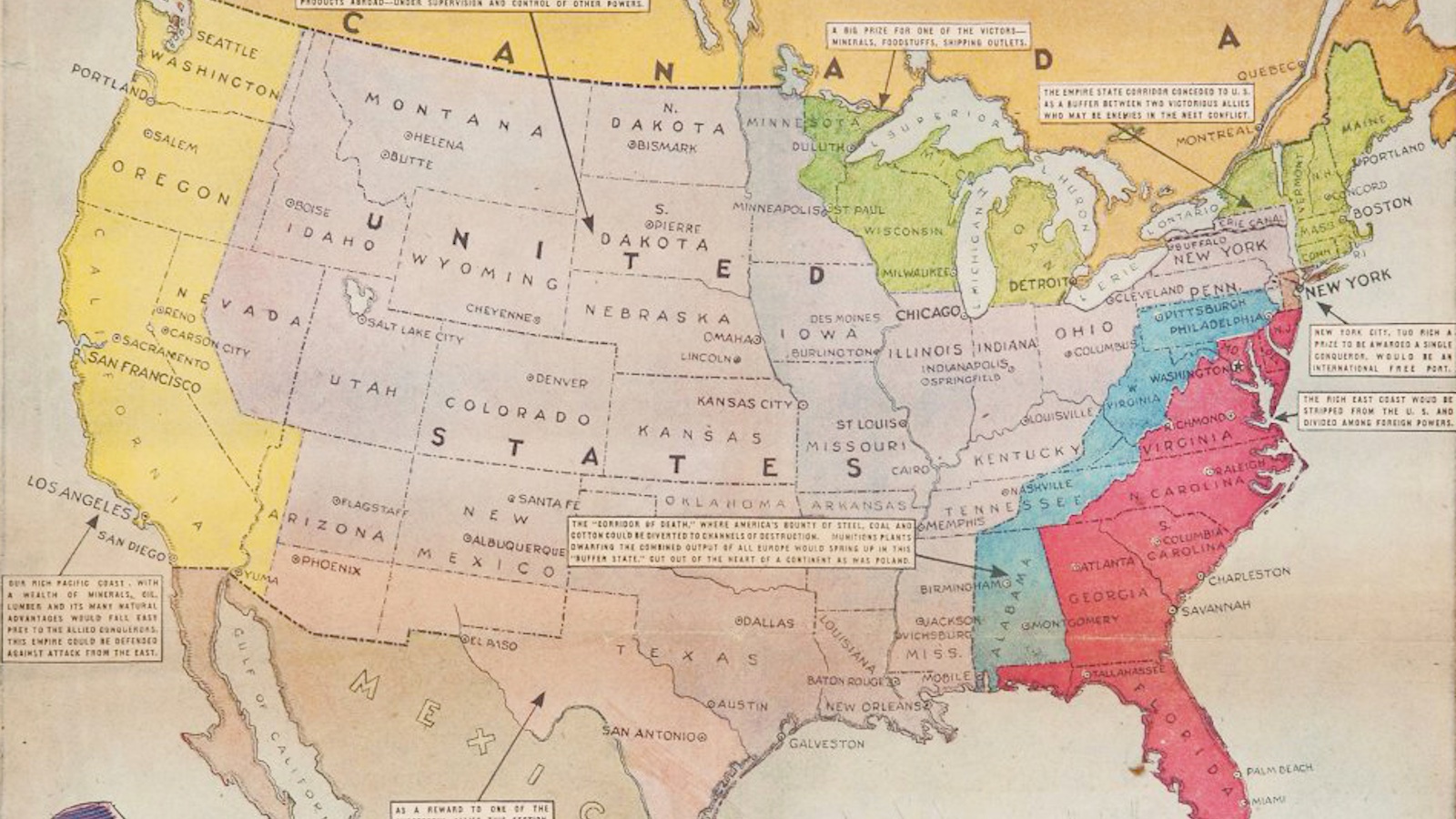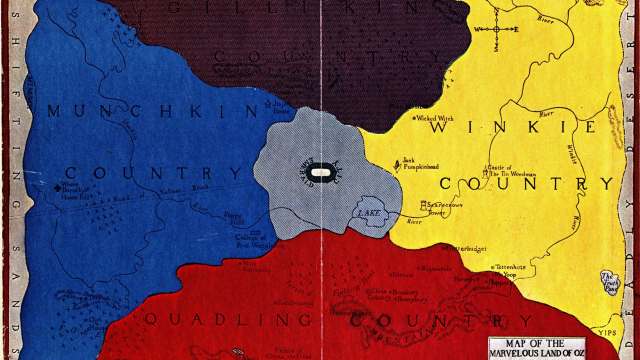72 – The World As Seen From New York’s 9th Avenue
Many New Yorkers feel their city is more than just the (self-proclaimed) capital of the world. They think it actually is most of the world, the rest of the planet merely being the unavoidable orchard in which their Big Apple grows.
n
Several cartoons illustrate this metropolitan hubris, and they do it so well – and with self-irony rather than sarcasm – that they can’t but have been made by New Yorkers. A nice one is Daniel K. Wallingford’s US map skewed to give NYC prominence over the rest of the country, which is mislabeled as a sign of New York arrogance and ignorance.That map dates from the nineteen thirties. I’m still looking for an image with sufficient resolution for me to post it here.
n
Another one is already on this blog (see post #37): a cover of the New Yorker magazine in the aftermath of 9/11 depicting the city as‘Newyorkistan’: its neighbourhoods renamed after far-off places and lesser-known tribes. Which is another way to ‘think the world’ of New York.
n
The map in this post is another, earlier cover of the New Yorker. In 1976, artist Saul Steinberg drew up this depiction of the world as seen from New York’s 9th Avenue. Not being a New Yorker myself, I don’t know why this Avenue was chosen as the Centre of the World. Some observations:
n
- n
- The map looks west, over 10th Avenue and the Hudson into the rest of the US.
- The US is presented as a rectangle, bounded by Mexico to the left, Canada to the right and the Pacific Ocean on the far side.
- Right across the Hudson lies Jersey – in nondescript terrain but owing to its proximity to NYC still in bigger type than the rest.
- Washington DC is already much smaller (and almost in Mexico).
- Some rocks and a single bush (funnily enough near Las Vegas, where there’s not much vegetation) form the only distinguishing features.
- The only places that are mentioned in further away than DC and Jersey are Texas and Utah (as states) and Chicago, Las Vegas and Los Angeles (as cities).
- The US ends at the Pacific, across which are visible Japan (as a single island), which divides the land mass further away into China (to the left of Japan) and Russia (to her right).
n
n
n
n
n
n
n
n
Was this cover construed only to convey the fact that New York is rather self-centered? Or does the orientation also have some significance? Because it does seem strange that NYC, on the East Coast, has its back turned to Europe, which is completely absent in this map…
n





